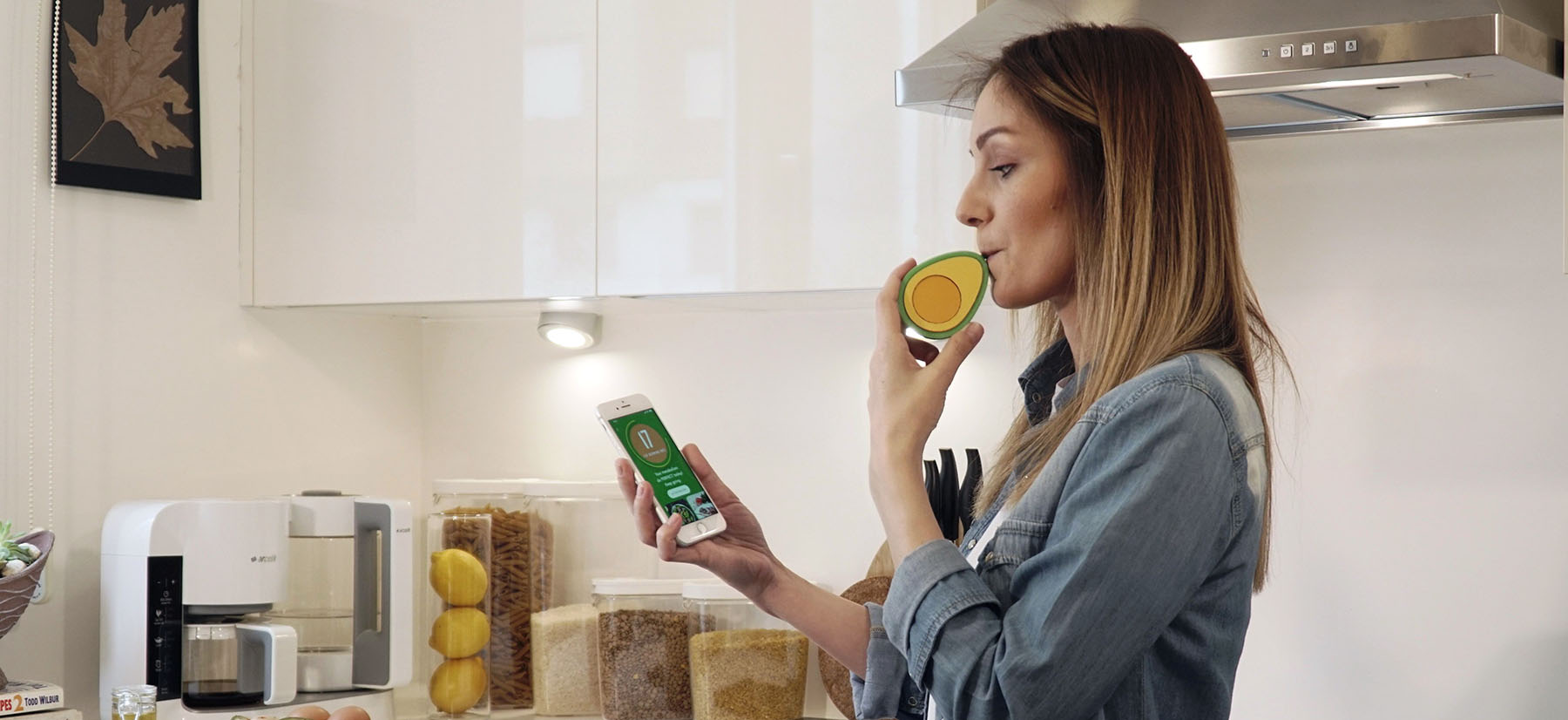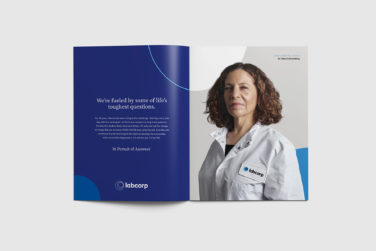Technology has always had a role in advancing the practice of medicine and treatment of patients. After all, doctors, scientists, and patients all want the best solutions that provide optimal care to patients and make their lives easier and better in the process. Recently, we have seen advancements that are allowing for better remote care, easier diagnostics, improved training, simpler treatment delivery, and even faster drug development. Here are just a few examples of how technology may advance healthcare even further in the years ahead.
Avokadio: Nutritional Advice with One Breath
 In late 2021, Avokadio participated in Sanofi’s PharmUp program in Turkey where entrepreneurs of innovative health companies are offered training and mentorship support. The company’s technology involves a device that measures volatile organic compounds (VOCs) in breath. So, users breathe into the device and then Avokadio algorithms analyze the data to assess their nutrient levels, nutritional deficiencies, and metabolism health. Then, using that information the company can offer science-based nutrition recommendations including the right diet, supplements, and vitamins for what each person’s body needs.
In late 2021, Avokadio participated in Sanofi’s PharmUp program in Turkey where entrepreneurs of innovative health companies are offered training and mentorship support. The company’s technology involves a device that measures volatile organic compounds (VOCs) in breath. So, users breathe into the device and then Avokadio algorithms analyze the data to assess their nutrient levels, nutritional deficiencies, and metabolism health. Then, using that information the company can offer science-based nutrition recommendations including the right diet, supplements, and vitamins for what each person’s body needs.
Tandem Diabetes Care: Controlling Insulin Via App
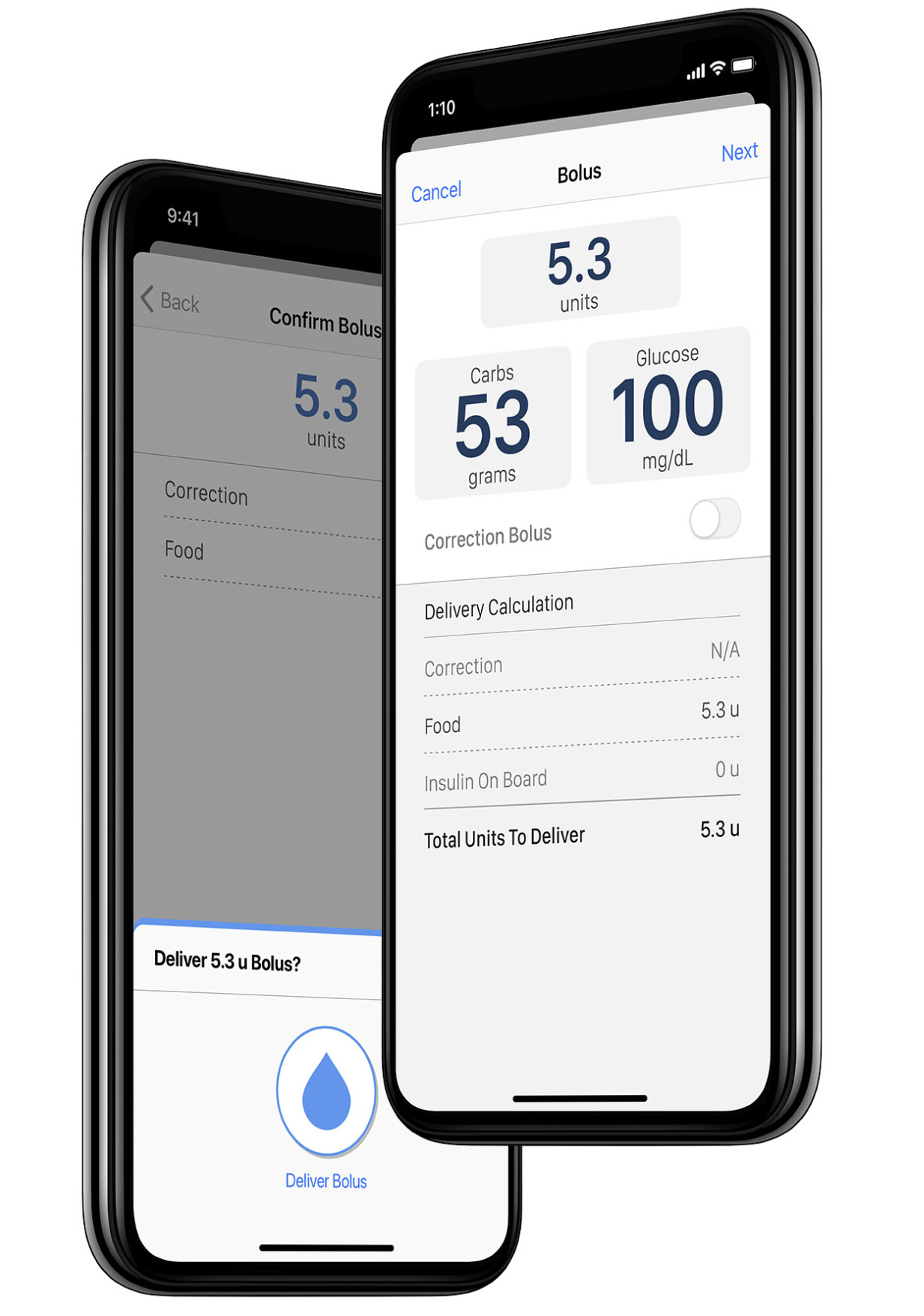 In February 2022, Tandem Diabetes Care announced the FDA cleared the ability to control bolus insulin dosing on its t:slim X2 insulin pump’s t:connect mobile app. This is the first time a smartphone app capable of allowing pump users to program and cancel bolus insulin requests has been approved for both iOS and Android operating systems. The company plans to roll out the updated version of the app with this new capability to t:slim X2 insulin pump customers at no additional cost in a limited capacity this spring before an expanded launch in the summer.
In February 2022, Tandem Diabetes Care announced the FDA cleared the ability to control bolus insulin dosing on its t:slim X2 insulin pump’s t:connect mobile app. This is the first time a smartphone app capable of allowing pump users to program and cancel bolus insulin requests has been approved for both iOS and Android operating systems. The company plans to roll out the updated version of the app with this new capability to t:slim X2 insulin pump customers at no additional cost in a limited capacity this spring before an expanded launch in the summer.
FaceHeart: Tracking Vitals with a Camera
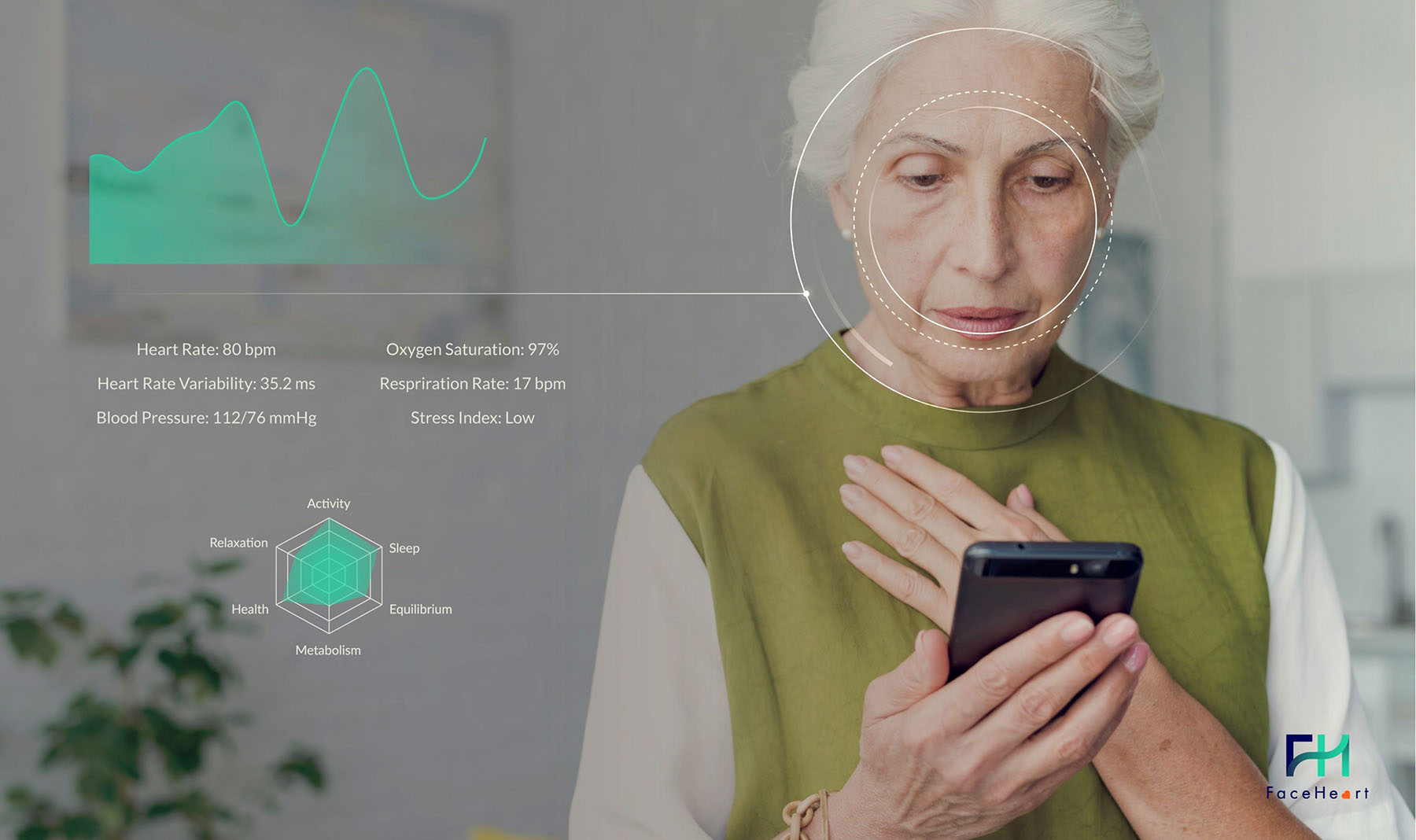 At CES 2022, FaceHeart Corporation launched proprietary visual recognition AI technology that is capable of measuring vital signs. The FaceHeart Vitals SDK will allow developers to leverage this technology in existing consumer devices, such as phones, tablets, laptops, and other smart devices with a camera. By positioning a single camera lens on a person’s face, the application can measure heart rate, heart rate variability, blood pressure, blood oxygen level, respiratory rate, and stress index value in 60 seconds or less. FaceHeart is also in the process of applying for FDA approval for the use of this technology as a Software as a Medical Device (SaMD).
At CES 2022, FaceHeart Corporation launched proprietary visual recognition AI technology that is capable of measuring vital signs. The FaceHeart Vitals SDK will allow developers to leverage this technology in existing consumer devices, such as phones, tablets, laptops, and other smart devices with a camera. By positioning a single camera lens on a person’s face, the application can measure heart rate, heart rate variability, blood pressure, blood oxygen level, respiratory rate, and stress index value in 60 seconds or less. FaceHeart is also in the process of applying for FDA approval for the use of this technology as a Software as a Medical Device (SaMD).
Fluigent: A Teeny, Tiny Laboratory
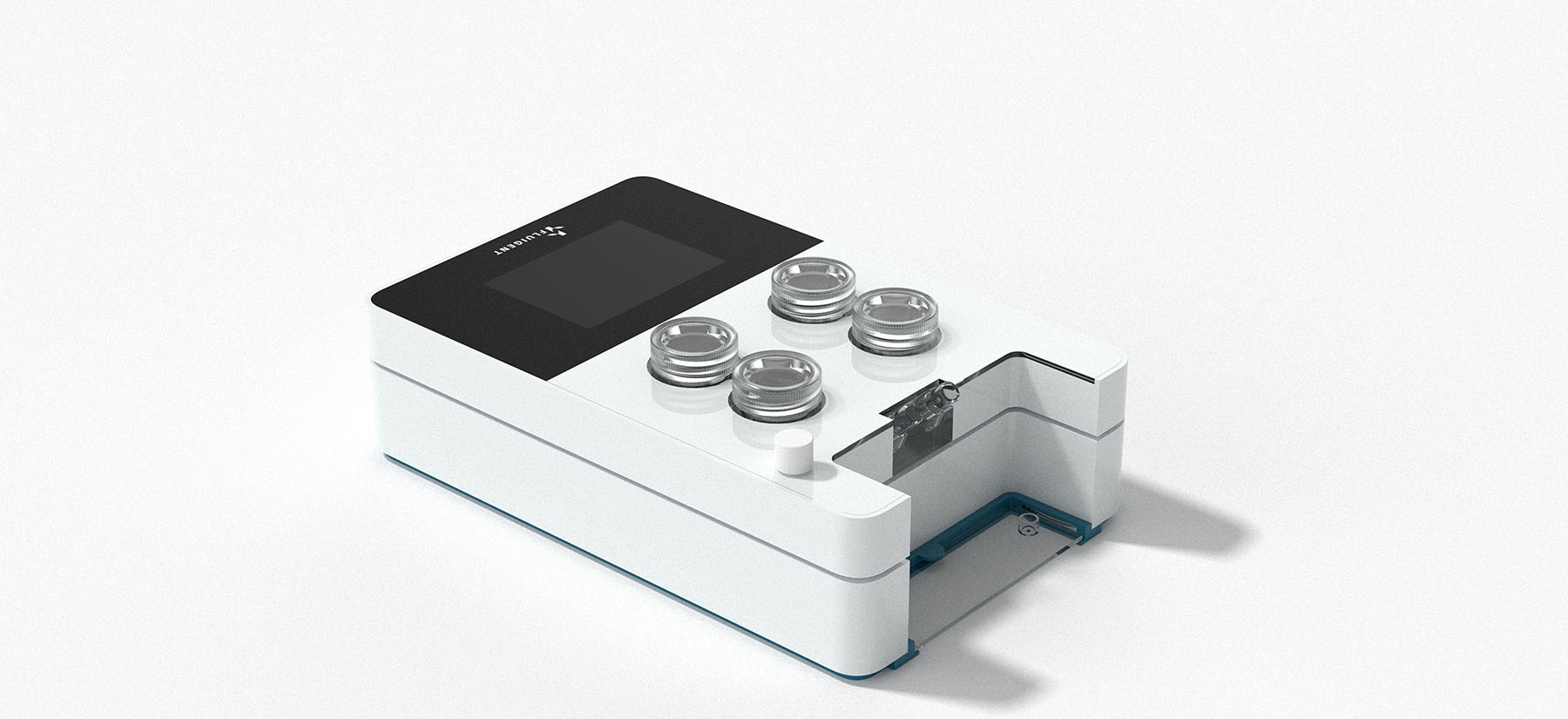 When Fluigent, a leader in microfluidics, unveiled OMI at CES 2022, it declared the new device “the world’s tiniest lab.” OMI is supposed to be the first automated human organ modeling platform on a chip, which can be used for in vitro testing of drugs, toxins, and therapy. This technology would allow scientists to mimic living organs such as skin, lungs, or the brain and predict the human response of drugs to those organs. Measuring at just 15 x 8 cm, it is smaller than a shoebox, which can make clinical development cheaper, faster, and more accessible.
When Fluigent, a leader in microfluidics, unveiled OMI at CES 2022, it declared the new device “the world’s tiniest lab.” OMI is supposed to be the first automated human organ modeling platform on a chip, which can be used for in vitro testing of drugs, toxins, and therapy. This technology would allow scientists to mimic living organs such as skin, lungs, or the brain and predict the human response of drugs to those organs. Measuring at just 15 x 8 cm, it is smaller than a shoebox, which can make clinical development cheaper, faster, and more accessible.
tmsuk: Pediatric Medical Training
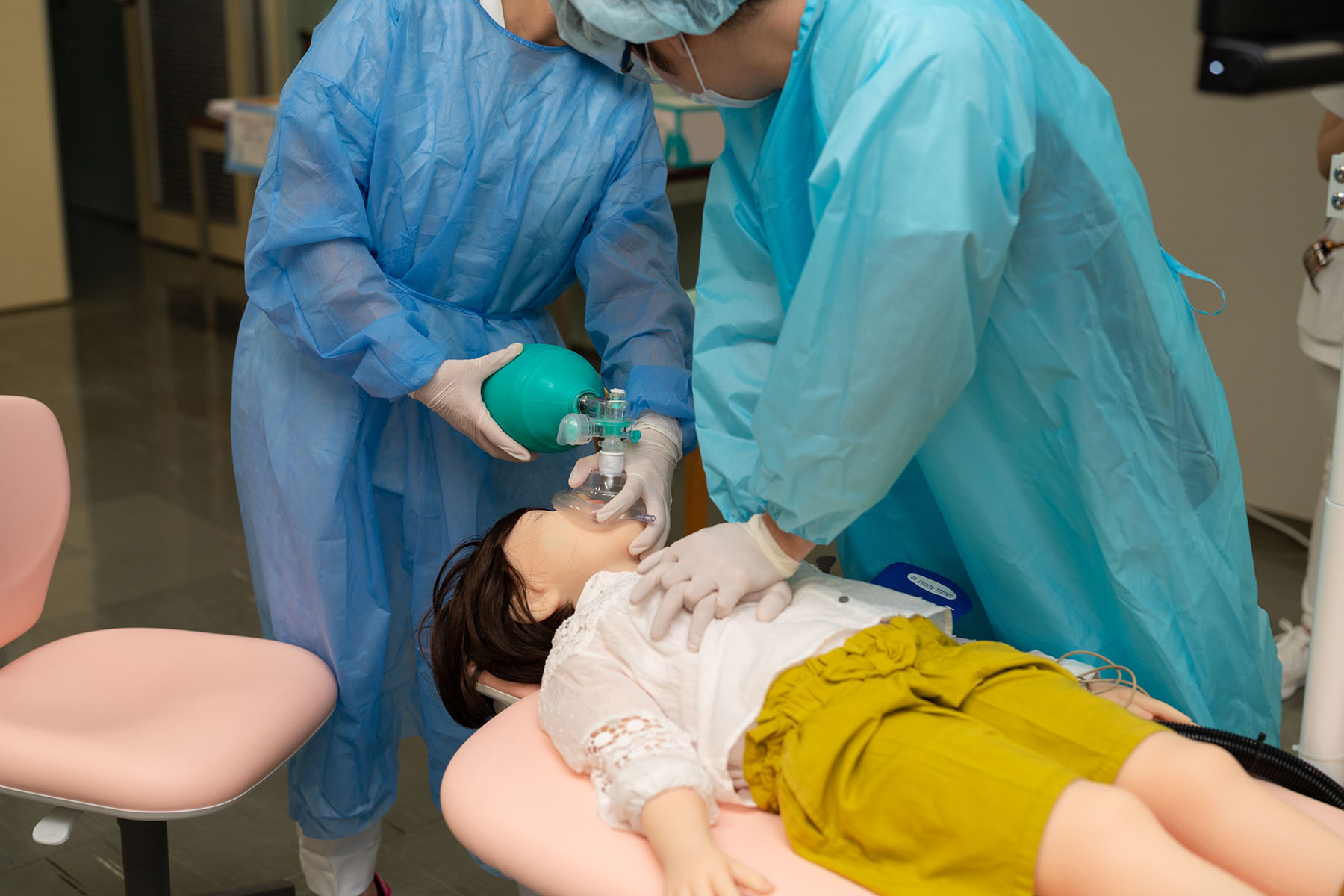 Another device that made its debut at CES 2022 was the Pedia_Roid from Japanese robotic company tmsuk. While the humanoid child-like robot may look off-putting, it serves a real need: pediatric medical training. The robot can simulate just about any medical emergency including seizures, anaphylactic shock, changes in the pupils, etc., and do so with realistic childlike behaviors, such as kicking and screaming in fear or pain. That way doctors can experience what it is like to examine and treat children—especially reluctant ones—and learn the best ways to handle those situations before seeing real children.
Another device that made its debut at CES 2022 was the Pedia_Roid from Japanese robotic company tmsuk. While the humanoid child-like robot may look off-putting, it serves a real need: pediatric medical training. The robot can simulate just about any medical emergency including seizures, anaphylactic shock, changes in the pupils, etc., and do so with realistic childlike behaviors, such as kicking and screaming in fear or pain. That way doctors can experience what it is like to examine and treat children—especially reluctant ones—and learn the best ways to handle those situations before seeing real children.

